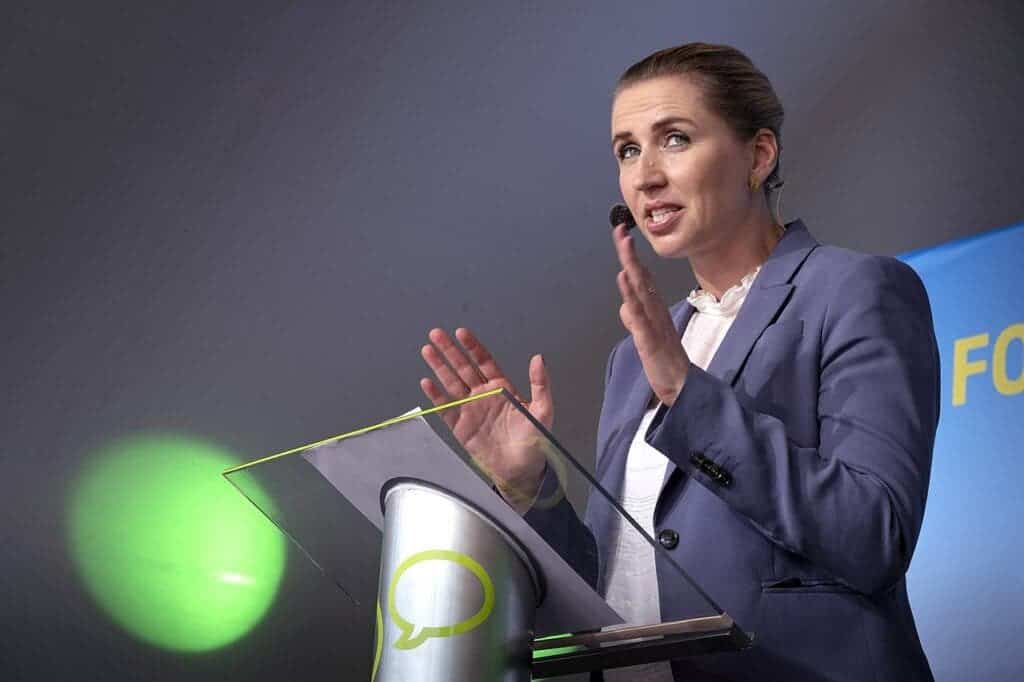Denmark aims to make its domestic flights fossil fuel-free by the end of the decade, according to its Prime Minister.

In her New Year’s address, Denmark’s Prime Minister Mette Fredriksen announced that she aims to “make flying green” inside the country. Although she acknowledges that the solutions are not yet in place in order to reach this goal, the announcement marks a strong — if not fully official — embracing of this goal.
On a larger scale, Denmark aims to slash its overall carbon emissions by 70% compared to 1990 levels by 2030. Fredriksen’s aim to de-couple internal flights from fossil fuel use would help push the country closer to that goal.
Flying green
“To travel is to live and therefore we fly,” said Ms Frederiksen (link in Danish), announcing her plan.”When other countries in the world are too slow, then Denmark must take the lead and raise the bar even more”.
She admits that making domestic flights fully green is no small feat, adding that researchers, as well as transport companies, are working to find solutions.
For example Airbus, a European airplane manufacturer, has announced plans to have hydrogen-fueled planes operational by 2035. If that hydrogen is generated using renewable energy, it could be one avenue through which Denmark could make good on its goal.
However, it’s not yet clear whether said tech will be ready to use on planes, in a cost-efficient manner, by 2030.
That being said, there is growing international interest in this regard — Sweden has also announced plans to make domestic flight fossil fuel-free by 2030, and international flights by 2045. France is also moving to ban domestic flights on routes where trains would take under two-and-a-half hours to make the same journey.
Researchers and manufactures will surely take this interest into account, and it will help to spur development on. For example, there has been some encouraging progress in the field of electric planes, although for now, it remains confined to smaller aircraft.
The air transport sector is a major polluter worldwide. Although domestic flights account for only a small part of its emissions, the smaller distances involved make it a prime area for innovation and development. In time, progress here could make their way on vehicles serving international routes.






